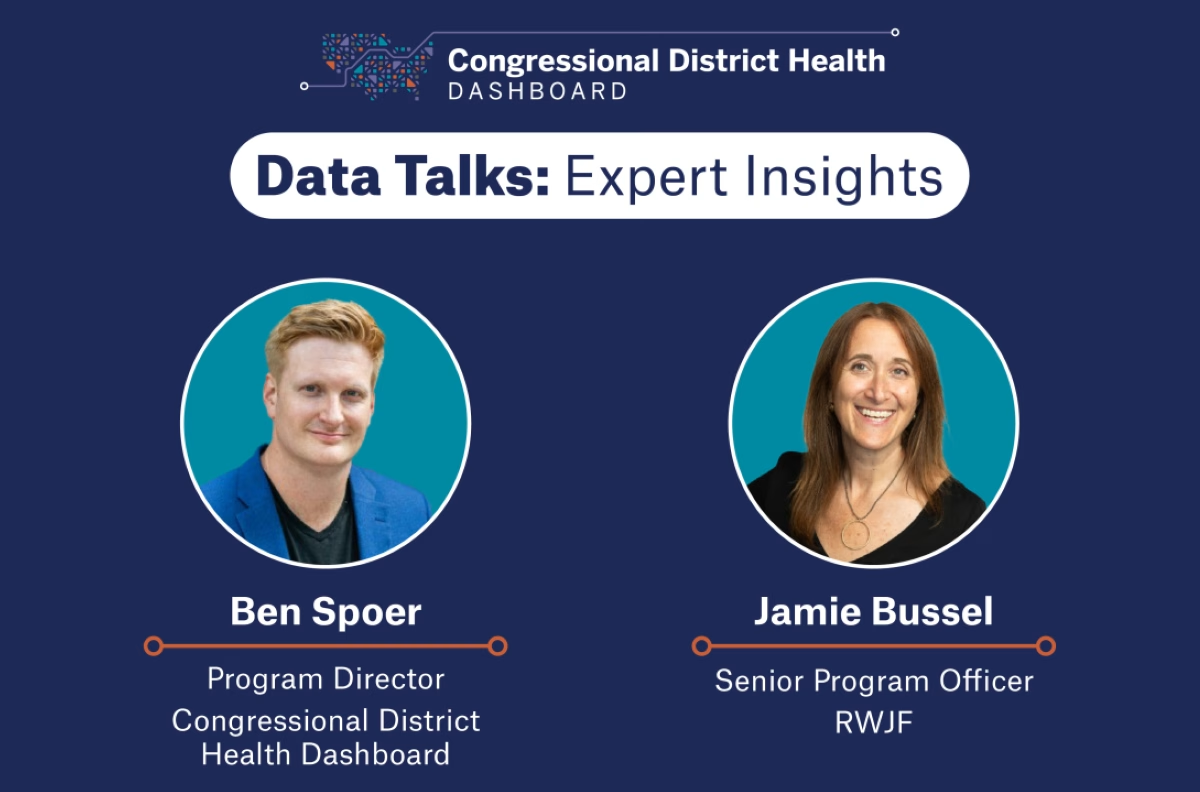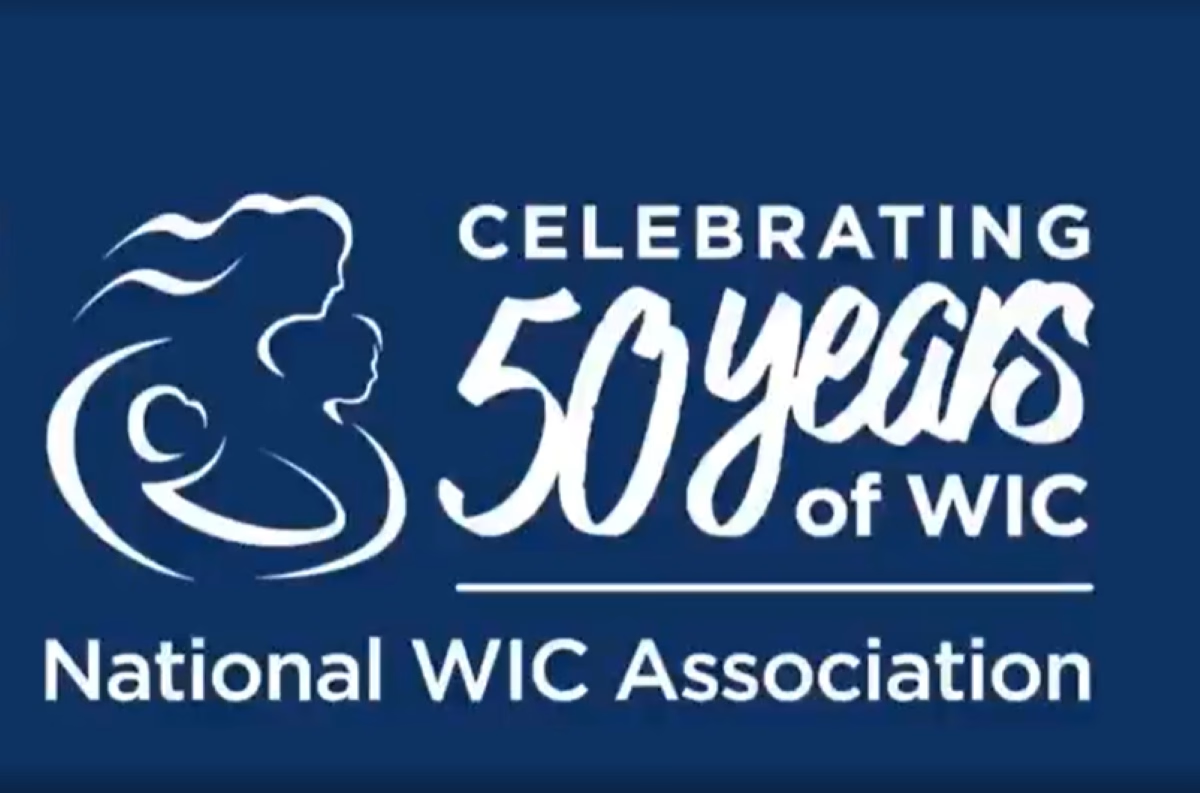The coalition successfully got the state to establish an SRTS program, but the program had no funding for the first year due to a significant state budget shortfall. In 2013, despite a continuing budget shortfall, the coalition built bipartisan support that led to $500,000 in funding over two years.
With a grant from Voices for Healthy Kids, a joint initiative of the American Heart Association and Robert Wood Johnson Foundation, in 2014 the coalition went back to work on a new campaign initiative to build broad, bipartisan public and legislative support for more SRTS funding. In response, the legislature approved $1 million for SRTS infrastructure funding and an additional $250,000 per year for programming, yielding a total of $500,000 annually for non-infrastructure funding.
“Prior to 2012, the majority of investments in SRTS in Minnesota were focused on infrastructure,” said Dave Cowan, Minnesota’s SRTS state coordinator. “We were funding a lot of sidewalks and crossings near schools, which were needed, but we weren’t delving into education and encouragement. Since 2014, when the current funding structure was established, we have been able to use the non-infrastructure dollars to support communities through rigorous planning processes and strategically select projects that were included on the non-infrastructure side.”
The annual non-infrastructure funding has also bolstered the state’s bicycle and pedestrian safety education program, which has trained more than 700 teachers to provide walking and bicycling skills lessons to students.

